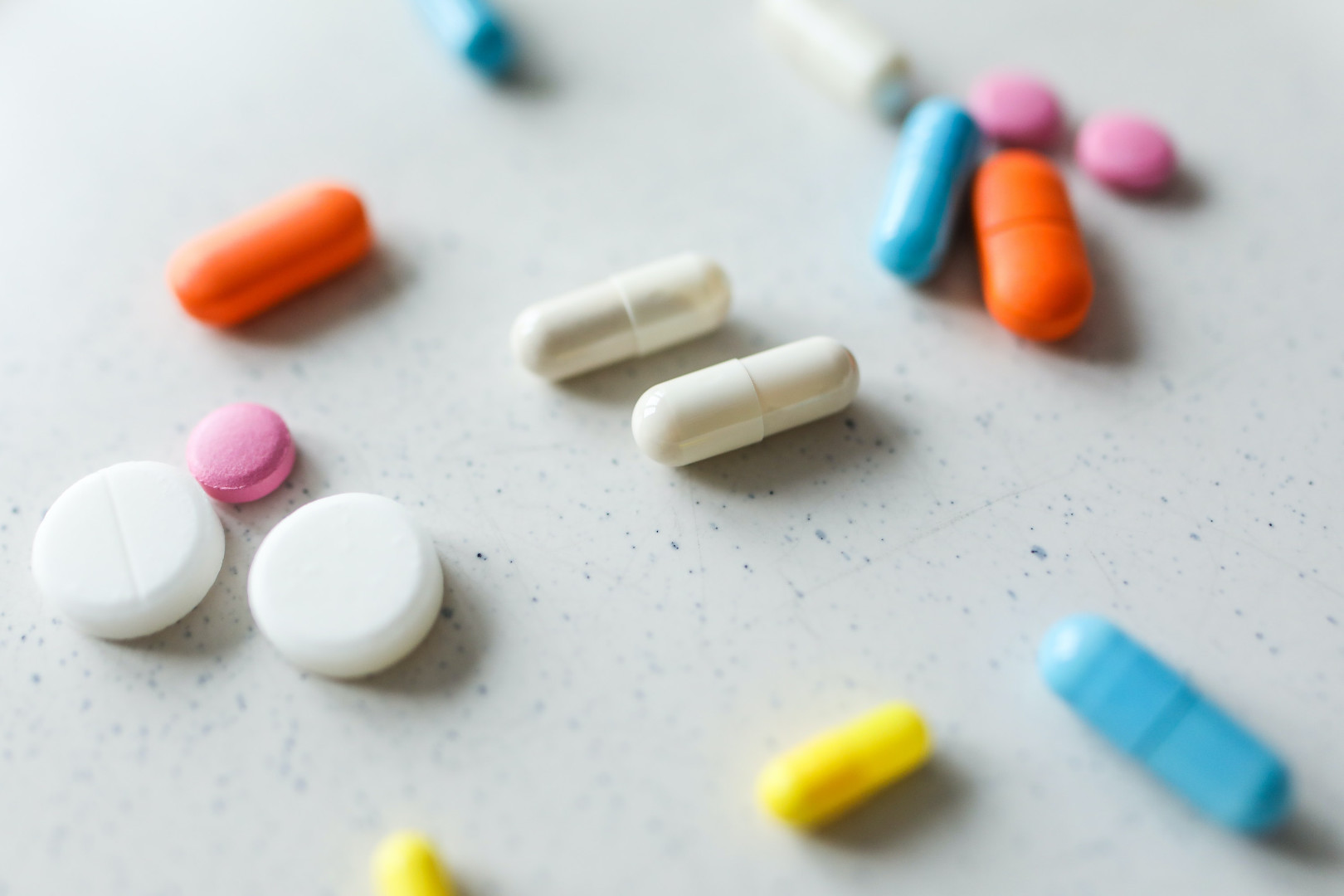6 Things That Could Challenge the Generics and Biosimilars Market
Back in 2020, the worldwide pharmaceutical market had a value of $1.27 trillion; $387.92 billion and $28.235 billion of this was made up of the generics market and biosimilars market respectively. This is set to grow considerably by 2025, with researchers estimating that the global pharmaceutical market could reach $1.7 trillion by then. It’s also thought that by 2025, the global generics market could reach a value of $650.3 billion and the global biosimilars market could reach a value of $21.13 billion. By 2030, these numbers will have increased dramatically once again.
It’s thought that within the next decade, there will be six main disrupting factors that will have an impact on the industry, all of which we have explored below.

- Changes in Commercial Models - Commercial models are changing and these could challenge the growth of the generics and biosimilars markets. Currently, there is a lot of favouritism towards pharmacy substitution and international nonproprietary name (INN) prescriptions. This could lead to prices dropping to levels that are unsustainable levels for major players, hindering the ability of a balanced market to be maintained. There are also a lot of challenges in markets such as China, as non-traditional players are entering and disrupting the markets in Europe. Both developed and emerging markets are seeing big moves being made, such as the scaling up of end-to-end solutions and digital-first players entering the market. In order to service, generics companies will need to adapt their portfolio strategies accordingly, to make them appealing to customers and partners. They will also need to work on their commercial models to reduce risk.
- Pricing Pressures - There is a lot of pressure placed upon the price of marketed generics and biosimilars, and this could hinder the availability and access to critical products if it’s not managed correctly in the coming years. Experts believe that it will only take a minimum of five competitors for a 70% decrease to be reached. This pressure is due to reimbursement restrictions and regulations, which are seen in Europe and throughout the rest of the world, along with the erosion of accelerated biosimilar launch prices. Plus, the efficient adoption of biosimilars could also have an impact.
- Vulnerable Supply Chains - The COVID-19 pandemic highlighted just how vulnerable generics and biosimilar supply chains are, especially when it comes to the supply of key starting materials (KSMs) and active pharmaceutical ingredients (APIs). The government's attempts to combat this could negatively impact product access, which could result in increased costs for patients and companies. Problems with sustainability could also negatively impact supply chains, as more and more companies are being pressured to reduce greenhouse gases and waste.
- Regulatory Barriers - There are a lot of regulatory barriers and hoops that need jumping through before generics can enter the market, even in the most developed of countries. For example, a lot of evidence is required for the approval of projects in specific areas including long-acting injectables and respiratory injectables. It’s a similar story for biosimilars, and there are a lot of clinical trial requirements and complex approval processes and these come at a cost. This leads to developers and manufacturers being hesitant about taking on the risk. Removing some of these regulatory barriers is likely to lead to accelerated product development.
- Challenges Created by Emerging Markets - With the emergence of new markets comes competitive and structural challenges, for both generics companies and biosimilars companies. Companies need to make themselves known among competitions in local markets, which can be difficult when the drive to localise manufacturing and pricing controls are working against them. Currency effects can also make it difficult for biosimilars and generics companies to grow, as certain markets instantly become less attractive and less desirable for development. As traditional growth strategies and mergers have only had a mixed performance, major players are not overly keen on engaging with these markets. Instead, international players will have to carefully choose their target market and customise their portfolio approach accordingly.
- Problems Created by Novel Technologies - Though novel technologies help with growth, they are also causing products to become more complex. This makes investments a lot higher risk and more complicated. New capabilities will be required for gene and cell therapies. In order to make a substantial investment, the risk profile of investments needs to be taken into account.